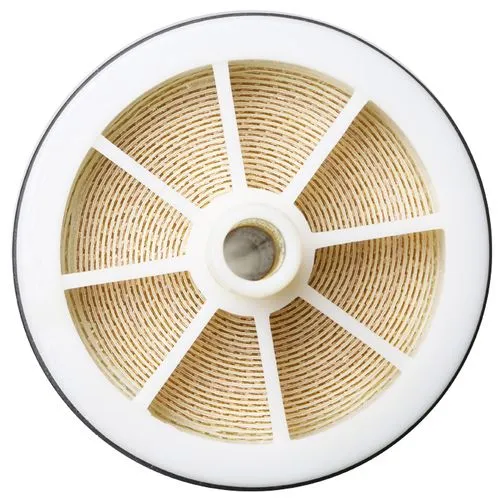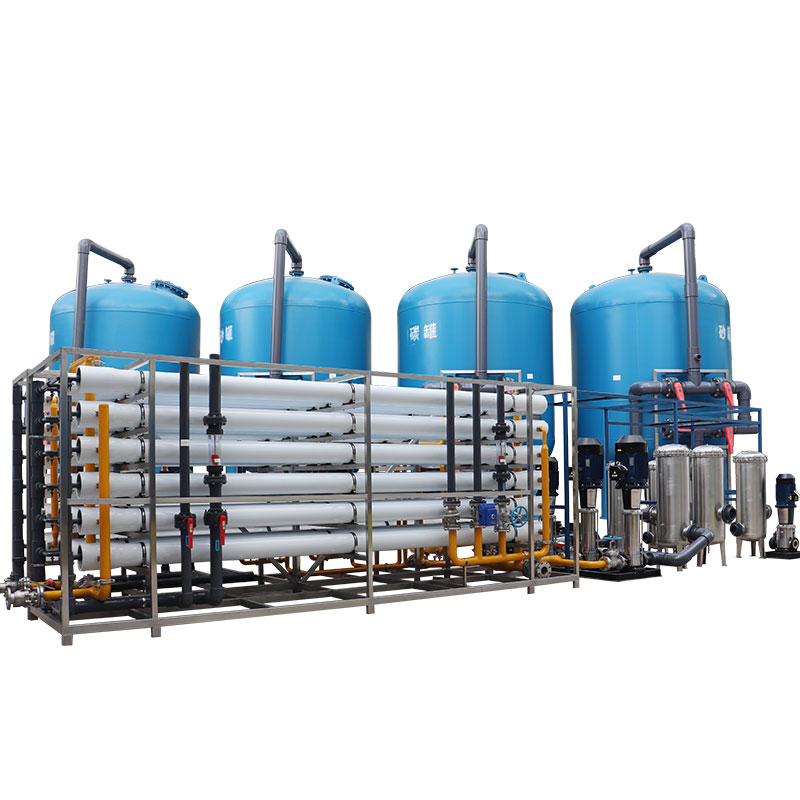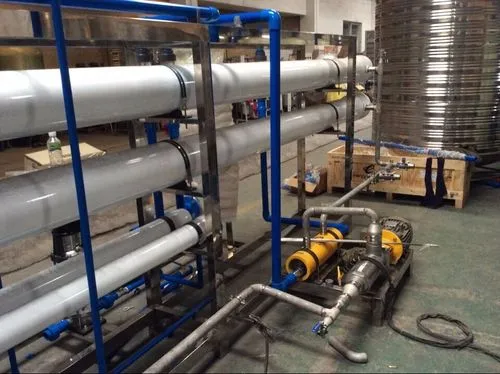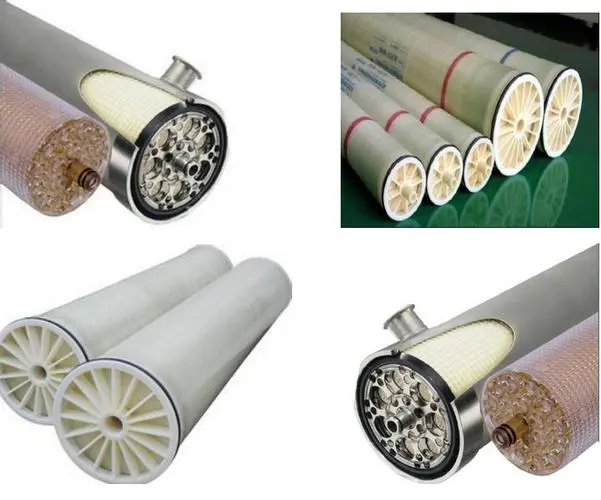- Commercial Reverse Osmosis Water Treatment Systems
- Industrial Reverse Osmosis Water Treatment Systems
- Ultrafiltration UF Water Treatment Systems
- Ion Exchange Water Treatment System
- Containerized Water Treatment Systems
- Customized Water Treatment System
- Bottle Water Filling Line
- Water Mechanical Micron Filters
- Stainless Steel Water Treatment Equipments
- Water Treatment Parts
- Water Sterilization
How often should the reverse osmosis water membrane be replaced?
Among numerous water treatment systems, reverse osmosis water treatment systems are highly favored for their efficient purification of water quality. However, as the core component determining the water purification effect, the ro membrane in the system often concerns users with a question: how often should the reverse osmosis water membrane be replaced? This article will delve into this issue and provide users with detailed maintenance strategies.
One of the key components of reverse osmosis water treatment system: ro membrane
The reverse osmosis water treatment system effectively intercepts harmful substances such as impurities, microorganisms, and heavy metals in water through efficient filtration of reverse osmosis membranes, achieving water purification. However, over time, reverse osmosis membranes may be affected by factors such as water quality, water pressure, and water temperature, leading to a decrease in performance and ultimately affecting water purification efficiency.

The service life is closely related to water quality
The service life of reverse osmosis membranes is usually significantly affected by water quality. Dissolved solids, organic matter, microorganisms, etc. in water may form fouling on the membrane, thereby reducing the permeability of the reverse osmosis membrane. Therefore, in areas with poor water quality or after long-term use, it is recommended that users check the condition of the reverse osmosis membrane more frequently.

Regular maintenance: an effective means to extend the lifespan of ro membranes
Regular maintenance is crucial to ensure the long-term and efficient operation of reverse osmosis membranes. Users can extend the service life of reverse osmosis membranes by:
Regular cleaning: Use professional membrane cleaning agents and follow the manufacturer's recommended methods to regularly clean the reverse osmosis membrane, effectively removing dirt and impurities.
Water quality monitoring: Regularly use water quality testing tools to test the purity of reverse osmosis water and promptly detect any deterioration in water quality.
Pressure control: Reasonably control the operating pressure of the system to avoid damage to the reverse osmosis membrane caused by excessive pressure.
Pay attention to water temperature: When using the system in high temperature environments, pay attention to water temperature control to prevent excessive water temperature from affecting the performance of the reverse osmosis membrane.

How to determine if the reverse osmosis membrane needs to be replaced?
In daily use, users can determine whether the reverse osmosis membrane needs to be replaced by some obvious signs:
Reduced water production: If a significant decrease in system water production is found, it may be a sign of reverse osmosis membrane blockage or aging.
Water quality decline: A significant decrease in the quality of reverse osmosis water has been detected, which may indicate a decrease in the filtration efficiency of the membrane.
Abnormal noise: Abnormal noise occurs during system operation, which may be a signal of damage or damage to the reverse osmosis membrane.

In summary, the replacement cycle of reverse osmosis water membranes depends on various factors, including water quality, regular maintenance, etc. Users can extend the service life of reverse osmosis membranes and improve the long-term stable operation of water treatment systems by regularly cleaning, monitoring water quality, and paying attention to water temperature. In use, timely observation of the working status of the ro membrane and taking corresponding maintenance and replacement measures based on the actual situation are the key to ensuring the efficient operation of the system.






